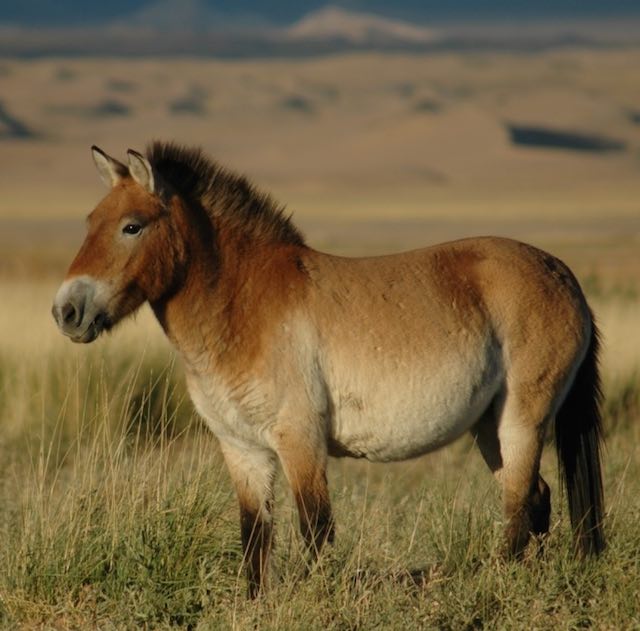These wild horses have been bred in captivity since they were driven to extinction in their homeland – but now, roughly 50 years later, they’re running across the Mongolian plains once more.
One determined group of conservationists, however, kept the species alive through several breeding programs in the Czech Republic, and other European countries. The first Przewalski’s horses to be released back into the desert were four mares airlifted to the Gobi desert in the 1990s, according to Reuter’s.
RELATED: Once Extinct in Japan, Stork Population Soars to 100 After Gift From Russia
The Prague Zoo has reportedly released 27 horses from their breeding program. A 2011 survey from the International Union for Conservation of Nature estimated the equine population to be about 300, changing the status of the species from “Endangered” to “Critically Endangered”. It was originally listed as “extinct in the wild” in 1966.
“It is clear to me that society now has the capability to reverse species declines,” says Prof Jonathan Baillie, Director of Conservation Programs at Zoological Society of London. “Fundamentally, it is our values that need to change if we are to avert the looming extinction crisis.”
The “success story” of the Przewalski’s horse will be continued as the population steadily rises. The more recently released horses will be monitored by conservationists to ensure that they properly adjust to their surroundings before being given total freedom over the desert.
Wild Horses Couldn’t Drag This Story Away: Click To Share (Photo by Claudia Feh, CC)




















